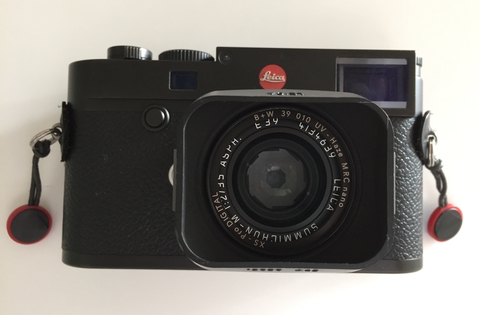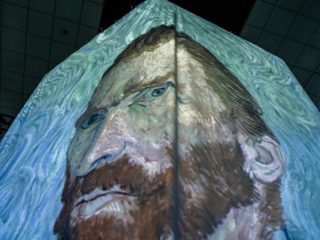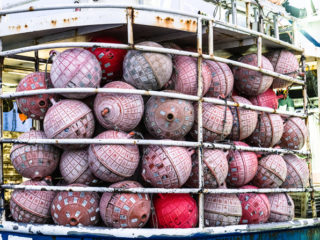Ha’a Koa
Last Saturday, Sandra and I went to a concert of Janet Jackson.
This is not a review of the performance of Janet Jackson (she was awesome!) or a talk about the concert (it was nice and fun!). I would like to focus on something moving that happened on the stage before the end of the concert.
A few people broke onto the stage and interrupted the concert with an activist demonstration. In this post, I don’t even want to discuss the inherent rights and wrongs of this protest, so long story short, they are a series of protests and demonstrations that began on the island of Hawai’i (Big Island) because Mauna Kea has been selected by the authorities for the site location for a new Thirty Meter Telescope.
On the other hand, I have to clarify that Mauna Kea is considered by Hawaiians to be the most sacred mountain of Native Hawaiian religion and culture.

After a few declarations, this group of protestors performed an Ha’a Koa on the stage in front of the full concert hall, and this performance touched my heart. It was so powerful and full of energy that fully magnetized the attention of everybody. Even Janet Jackson, standing a side on the stage, was hypnotized.
Ha‘a Koa is the Hawaiian Dance of the Warrior. The dance is a kāne (masculine) protocol that is clearly and uniquely Hawaiian. Hawaiian in language, movement, ‘ike (thinking), and mana (spiritual power).
The Ha‘a Koa is rooted in traditional Hawaiian practices including the lua (martial art), hula (dance), and oli (chant). In essence, the dance celebrates the spirit of the ancient Koa and the virtues of Aloha (love & compassion), Koa (valiant & courage), Lōkahi (unity & peace), Kupa‘a (firm & loyal), and Mana (power & authority).
Now we come to the core of what happed on the stage last Saturday.
It is well known in the Hawaiian tradition that the Ha‘a Koa may be used to unify and empower a hui (group) for a challenge at hand. Whether it is overcoming addiction or preparing for a difficult journey.




The Ha‘a Koa may be used as political activism for a cultural rally, and it can be used to focus attention on issues affecting Hawaiians minority today. For example, politicians can’t ignore an Ha‘a Koa in front of the Hawai‘i State Capitol. It means a strong disagreement.
Mana (spiritual power) is the driving force of the Kanaka Maoli (real person). The Ha‘a Koa is one way to fill one’s body with mana drawn from the honua (earth). Spectators of this process may also experience mana and reconnects them to their warrior ancestors and inspires them to press forward as warriors in today’s world.

The Ha‘a Koa celebrates a dimension of the Hawaiian culture that has been absent for too long. Hawai‘i is often associated with and recognized for Hula dancers, Aloha shirts, pineapples fields, surfers and flower leis, but Hawai‘i was also the home of a proud warrior society. The Ha‘a Koa can be the symbol and icon of that Hawai‘i’s warrior heritage, and to share this aspect of the Hawaiian culture with a loved one, individual, or guest is a sign of great respect and honor.
A shared Ha‘a Koa on a stage that celebrates the protestors’ skills and strengths does not disrespect the opposition nor is it designed to do so. However, when delivered with power, purpose, and unity, as it was, the Ha‘a Koa may very well challenge, dishearten, and intimidate a foe.
From what I saw, the spectators in the concert hall certainly received the mana!
Credit to Kamehameha Festival (Festival) website.























